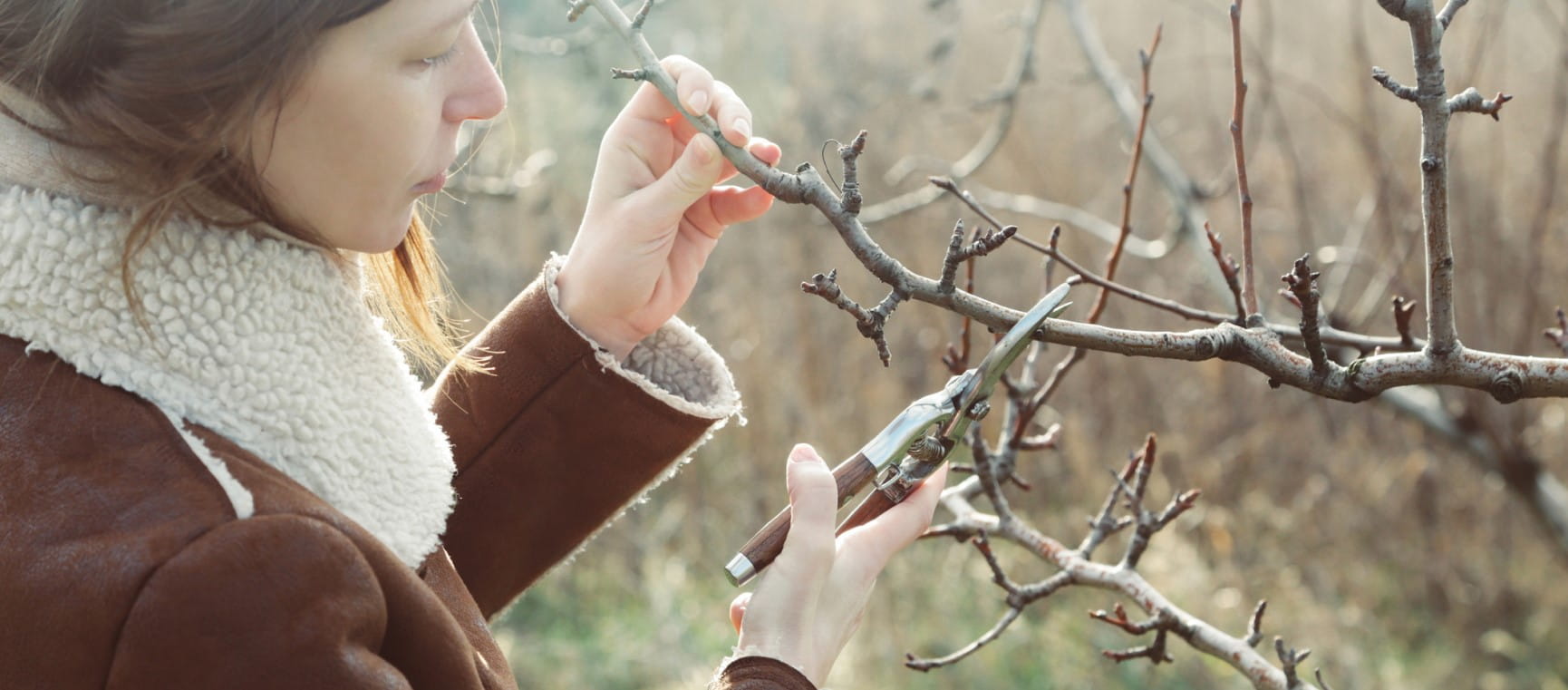
While many might see January as a month for snuggling indoors, for gardeners, it's a time of hidden potential.
Beneath the frosted ground and bare branches, the promise of spring stirs, waiting to be coaxed awake.
“This period is not just about enduring the frosty weather; it’s an active phase for safeguarding plants, preparing for spring, and finding joy in the serene beauty that winter landscapes offer,” says Craig Wilson, co-founder, director and in-house gardening expert at Gardeners Dream.
So, cast off your winter slumber and grab your gardening gloves, because these simple gardening tasks can transform your dormant patch into a blooming lovely outside space come spring.
“It might sound crazy, but winter is actually the perfect time to prune your deciduous trees and shrubs,” says Wilson.
“Without the leaves, it’s much easier to see the structure of the plants and make thoughtful cuts that won’t be detrimental to your plants. Pruning in winter can encourage new growth in spring and prevent the spread of disease.”
Gardening expert Lucy Hall adds that if you prune your fruit trees now it will also boost your harvest.
She says: "Giving established apple and pear trees a winter cut stimulates new buds for more fruit.
"Aim to selectively remove about 10-20% of growth – cut out damaged or diseased stems, reduce last year’s growth on the main branches by a third, and ease overcrowding by taking out inward-facing branches to create an open centre.
Prune your wisteria in January
Hall says if you’re lucky enough to have wisteria, one of your vital January garden jobs is to prune it.
“Wisteria is a showstopper in full flower but can be unruly if left to grow unchecked,” she says.
“Now is the time for its twice-yearly cut back, in tandem with summer pruning, to encourage flowers over leafy growth.”
Trace long wisteria stems back to two or three buds from the main trunk and remove the rest of the stem, cutting at a 45-degree angle beyond the chosen bud.
Tie into wall supports and water well.
Only feed the plant now if it grew weakly last year, because this hard winter pruning is enough to stimulate strong growth on a healthy plant.
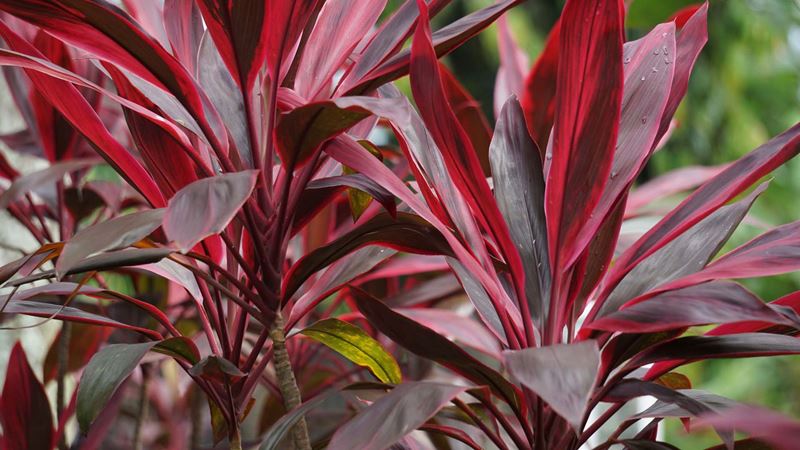
Wilson says that some plants need a bit of extra care in the winter. These include Cordylines, Passiflora caerulea and olive trees, which need protecting as they’re particularly sensitive to frost.
Leaving these at the peril of the British weather, means they may not survive into spring.
“For potted plants, I’d suggest moving them to more sheltered spots in your garden, or, if you can, move them into a greenhouse with working heaters,” says Wilson.
“For those in the ground, you can wrap them in fleece as a temporary measure when weather forecasts are looking cold and frosty.
Thankfully, temperatures don’t tend to drop too far below freezing in the UK, so standard 17g fleece should be suitable.”
"Easterly blasts are ice-cold and desiccating, putting young evergreens at most danger," says Hall. "So shield these from damage with horticultural fleece.The crown (growing point) of a plant is most vulnerable, so target this on larger plants, using fleece or straw tied in place.
"Westerly storms, meanwhile, are powered by the jet stream, putting woodier structures at risk."
You might not associate the colder winter months with fixing and repairing broken fences or trellises, but Wilson says this can help prevent problems down the line.
“If you have damaged fences, gates or trellises that come spring/summer will be covered in climbers, now is the best time to fix them up,” advises Wilson.
“While your plants are dormant, making these repairs will be less likely to cause any damage.”
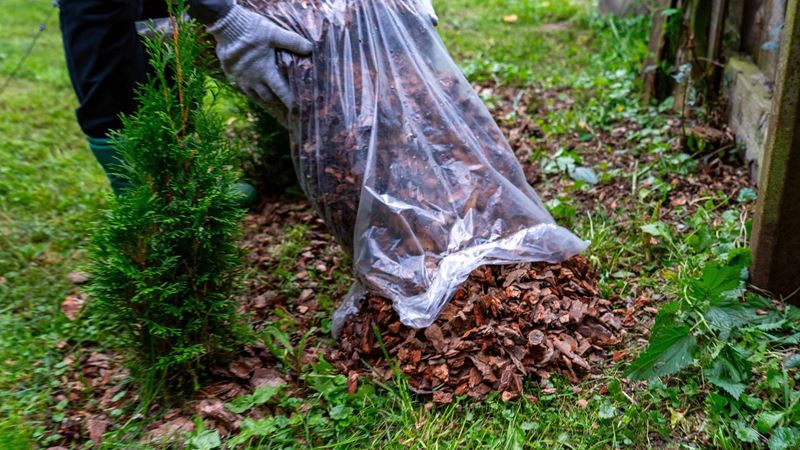
“Now is a good time to apply a thick layer of mulch to your plants,” says Wilson.
“Not only will this insulate the soil, but it will also provide your plants with nutrients to keep them going throughout the winter.”
Wilson says the more hardy plants will be fine without mulch, however, perennial plants that are more sensitive to colder temperatures will definitely feel the benefits of a little mulching in January.
The downtime of winter lets you take stock of tools – and most can be restored with time and TLC, plus a mug of tea, of course.
Hall says: "For spades, trowels, shears and hoes, remove mud with a block of wood or scrunched newspaper before scrubbing off rust with wire wool, washing and drying.
"Rub in boiled linseed oil for protection before sharpening edges with a whetstone or file."
Secateurs also need TLC as blunt blades can damage plants. Find out how to clean secateurs and if you are nervous about sharpening them, use a specialist company such as Sharpening Service.
While you may not like the idea of doing an outdoor tidy in January, it’s a good way of keeping active in the colder months.
Getting outside can also help boost your mood, and is particularly useful if you suffer from SAD. And as well as all this, it’s going to benefit your garden when the nicer weather comes.
“Fallen leaves and dead plant material can harbour pests and diseases which could ruin a garden before you even get a chance to enjoy it in the summer, so ensuring that any debris is cleared swiftly, will stand your garden in good stead for the warmer months,” says Wilson.
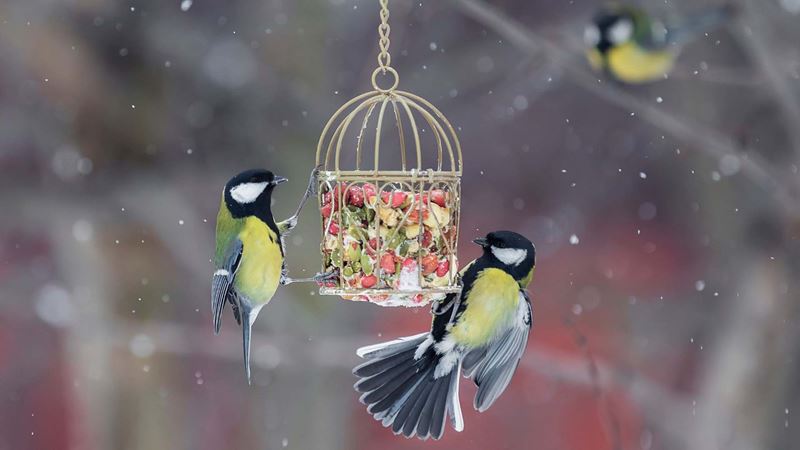
“Winter can be tough for wildlife, and birds in particular benefit from extra food when the temperatures drop,” says Wilson.
Across Europe, a staggering 600 million breeding pairs of birds have vanished since 1980. Helping our feathered friends find food is one simple way to help.
“I’d recommend setting up bird feeders in your garden and keeping them stocked with seeds and nuts,” says Wilson.
“Not only will this help the birds, but it will also bring some life back to your garden, during the dullness of winter.”
If you’re lucky, you may also be able to get some great bird photographs. Just make sure you don’t make any bird feeding mistakes, such as forgetting to provide water (including making sure it’s not iced-over) or putting feeds in the wrong place.
Help scientists track work out what’s happening to the bird population by joining the RSPB Big Garden Birdwatch between 24-26 January, 2025.
Hall says now is a great time to recycle your real Christmas tree. You can take these to be recycled by your local council, however, you could also use it to improve your own garden.
“If you grow acid-soil-loving plants such as azaleas, camellias, hydrangeas or blueberries, stack the tree outside to dry, and use the fresh, fallen needles as a 3–5cm weed-suppressant mulch,” advises Hall.
“Put the smaller branches through a shredder to create wood chips for a path, and cut the trunk into logs to stack under a hedge to create a habitat for wildlife.”
Hall says: "Banish winter blues inside the UK’s many public glasshouses, going from rainforest to desert in moments."
Three landmark buildings offer pure escapism.

Rekha Mistry shares her top vegetables to grow in your garden all year round.

We explain the science and have 7 of the best scented plants for your garden.
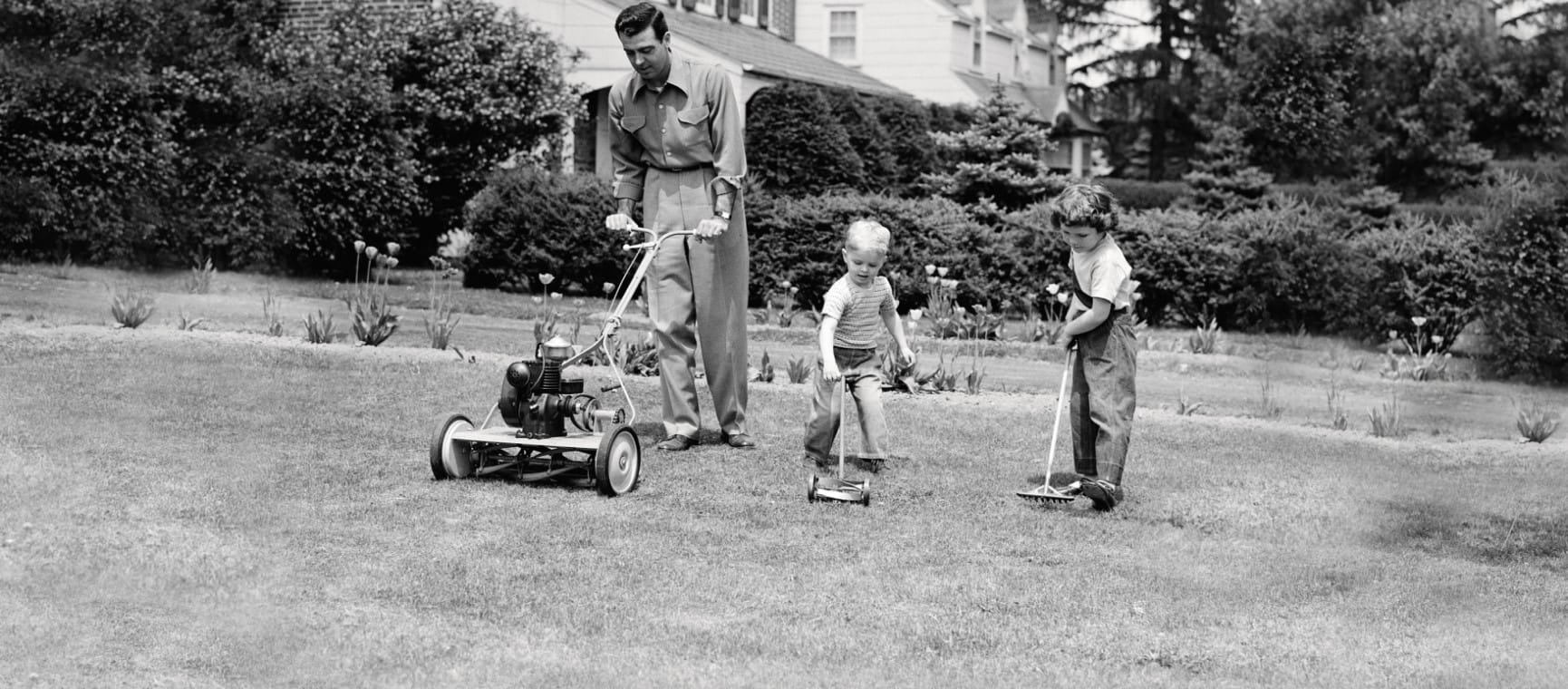
From robot mowers to electric pruning shears, spruce up your outside space with four of the best garden gadgets
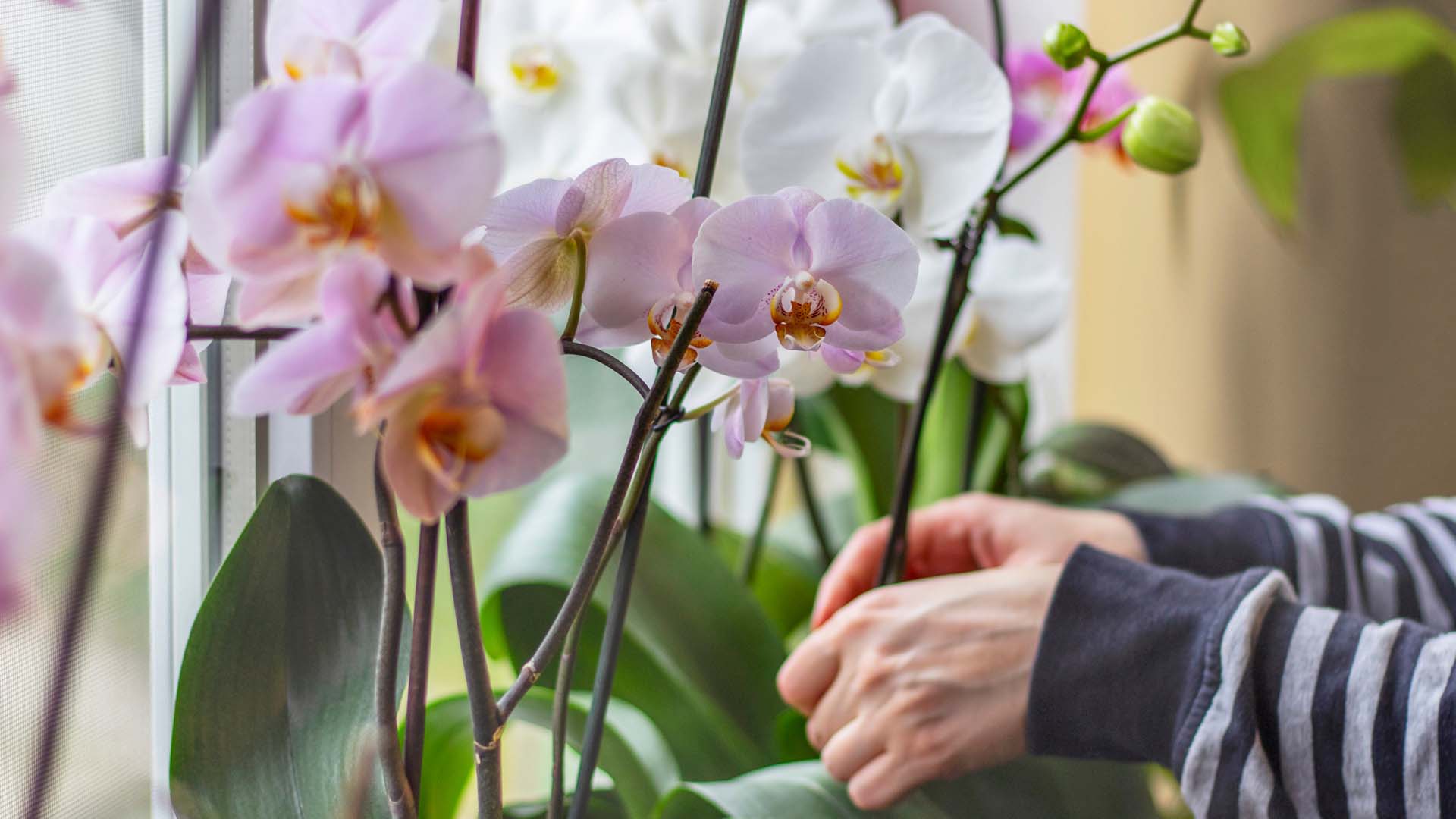
Our expert pruning and watering hacks include a top tip to keep them flowering from Alan Titchmarsh.
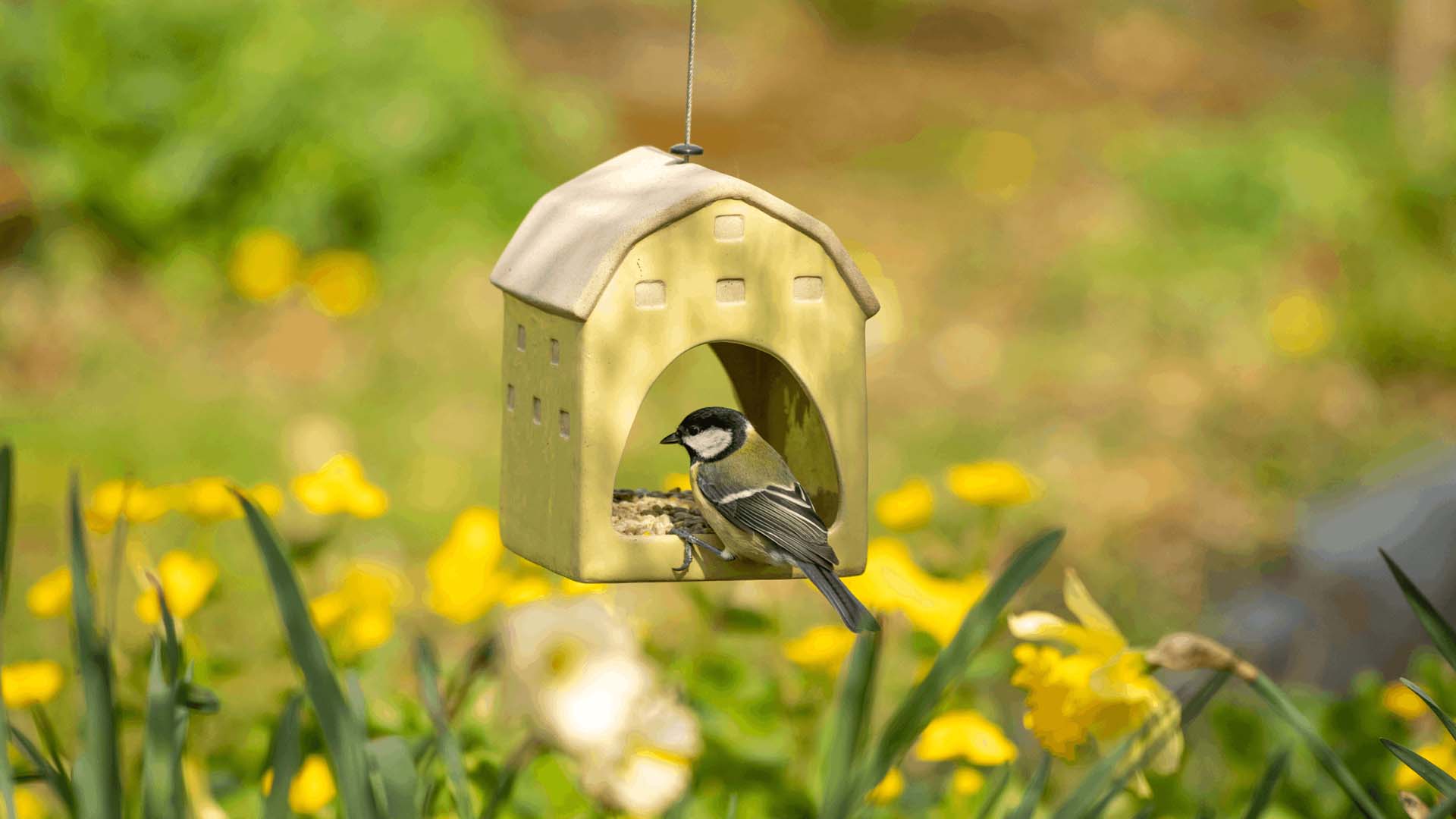
Don’t make these bird-feeding mistakes. Expert advice on how to feed birds in your garden safely.
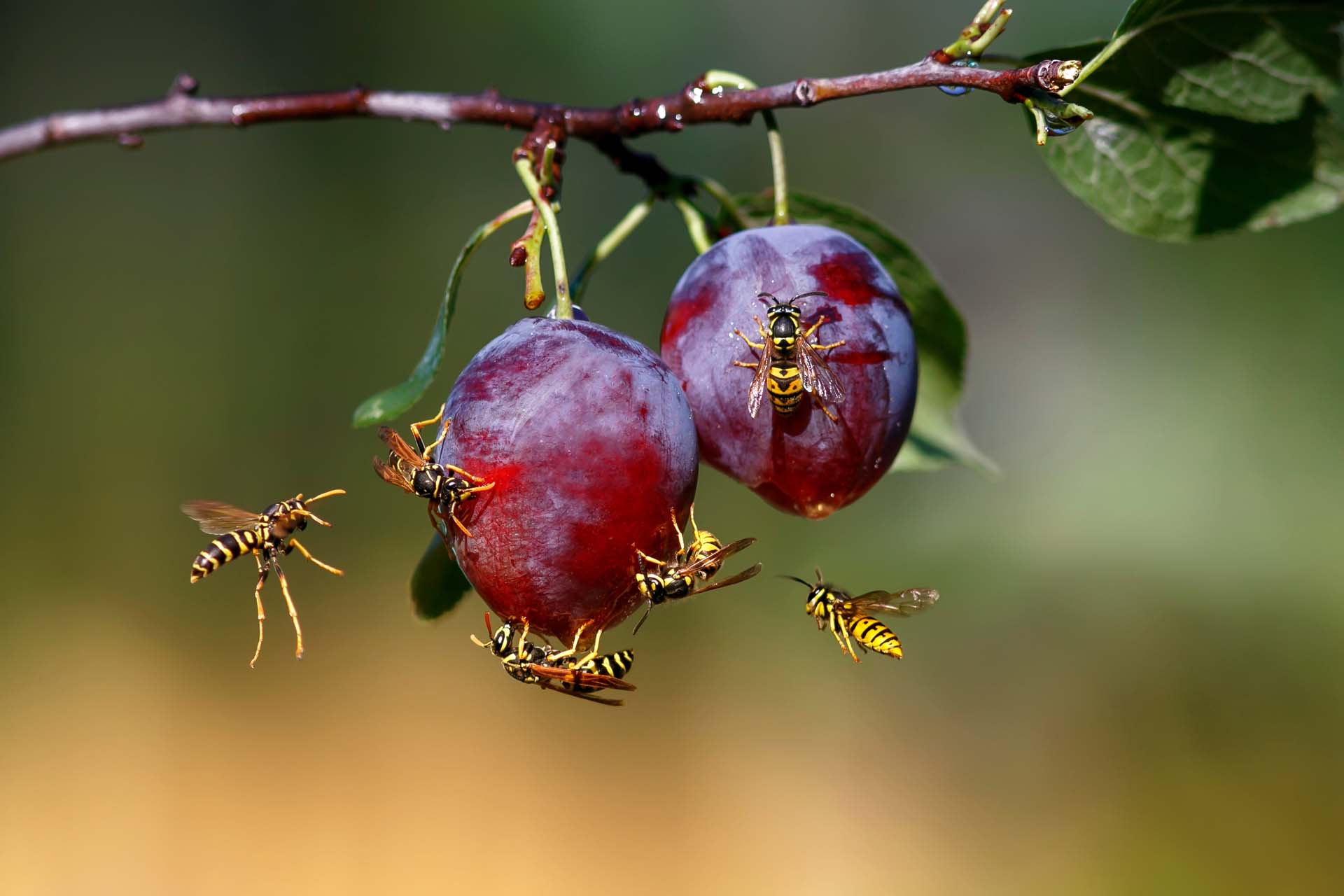
Blighted by buzzing? How to keep wasps out of your garden without harming them so you can enjoy the summer.
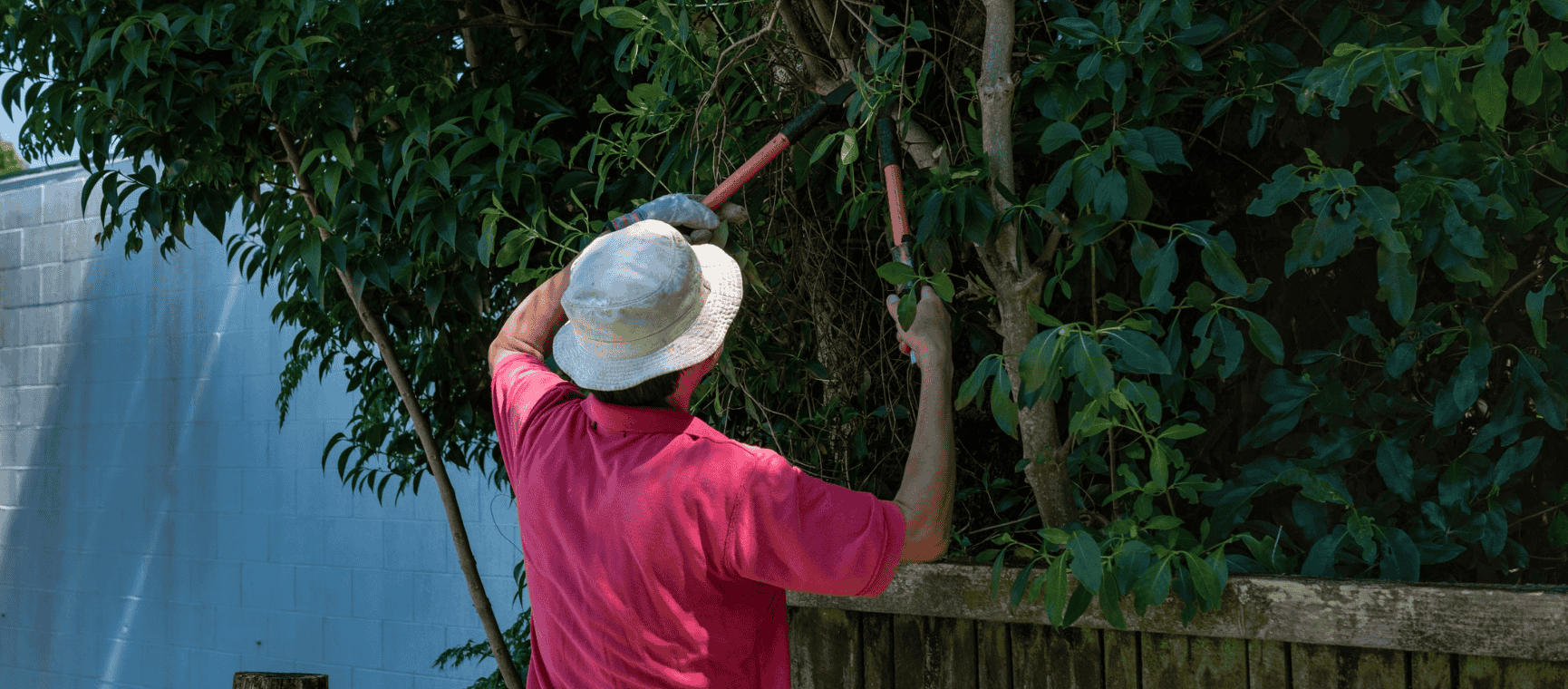
The ways you could be breaking the law in your back garden - with expert advice on how to avoid neighbour disputes, a fine or even a prosecution.
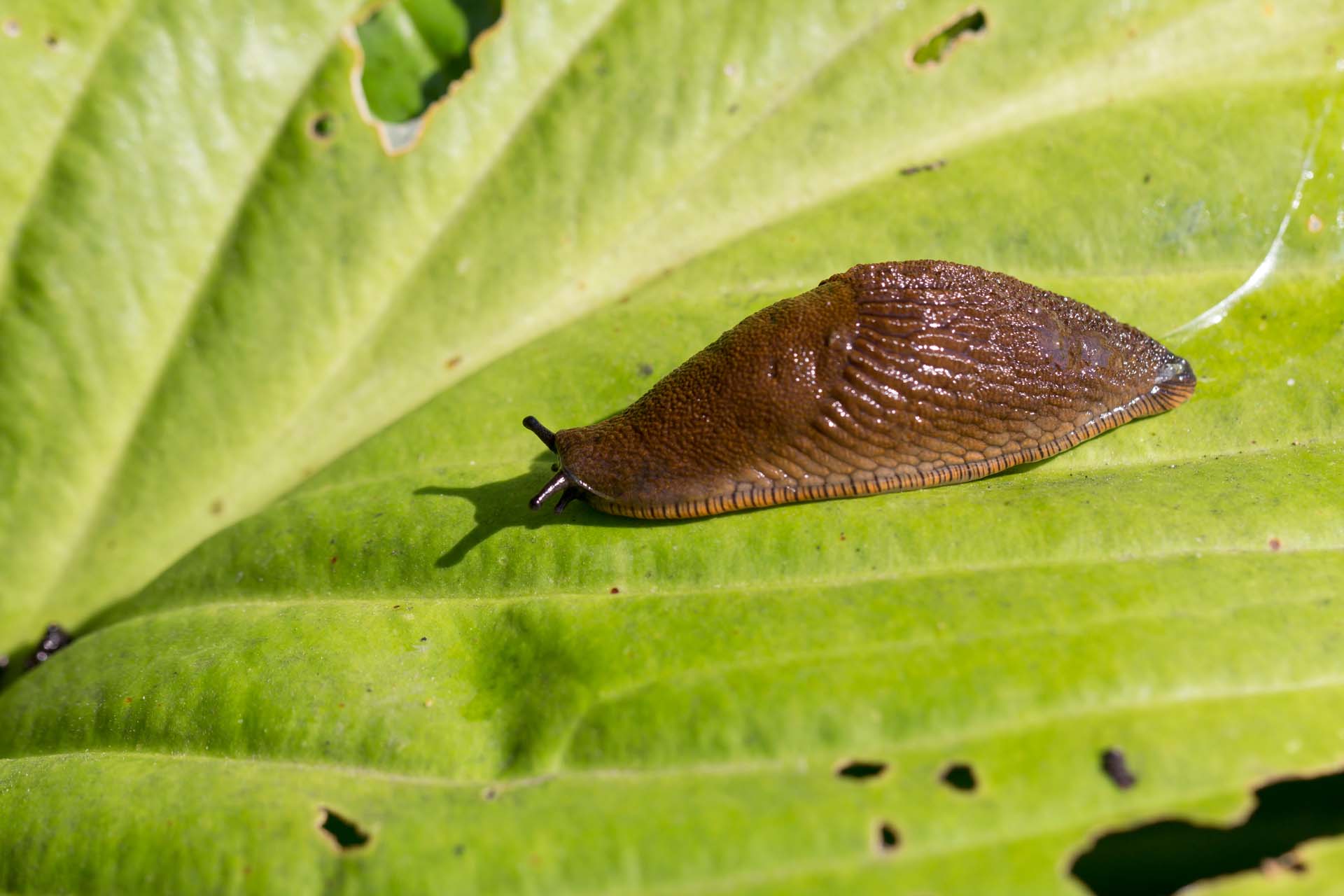
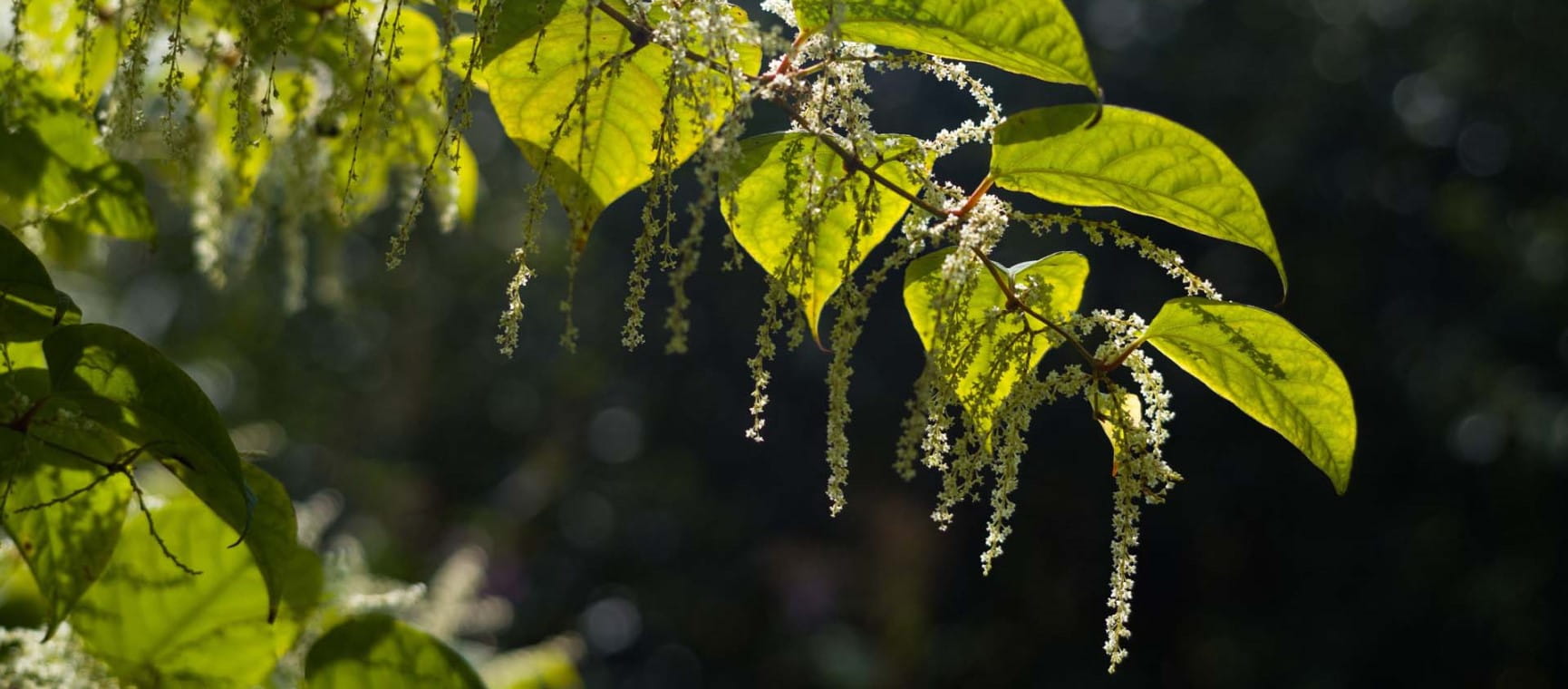
Everything you need to know about Japanese knotweed, the fast-growing plant nobody wants in their garden.